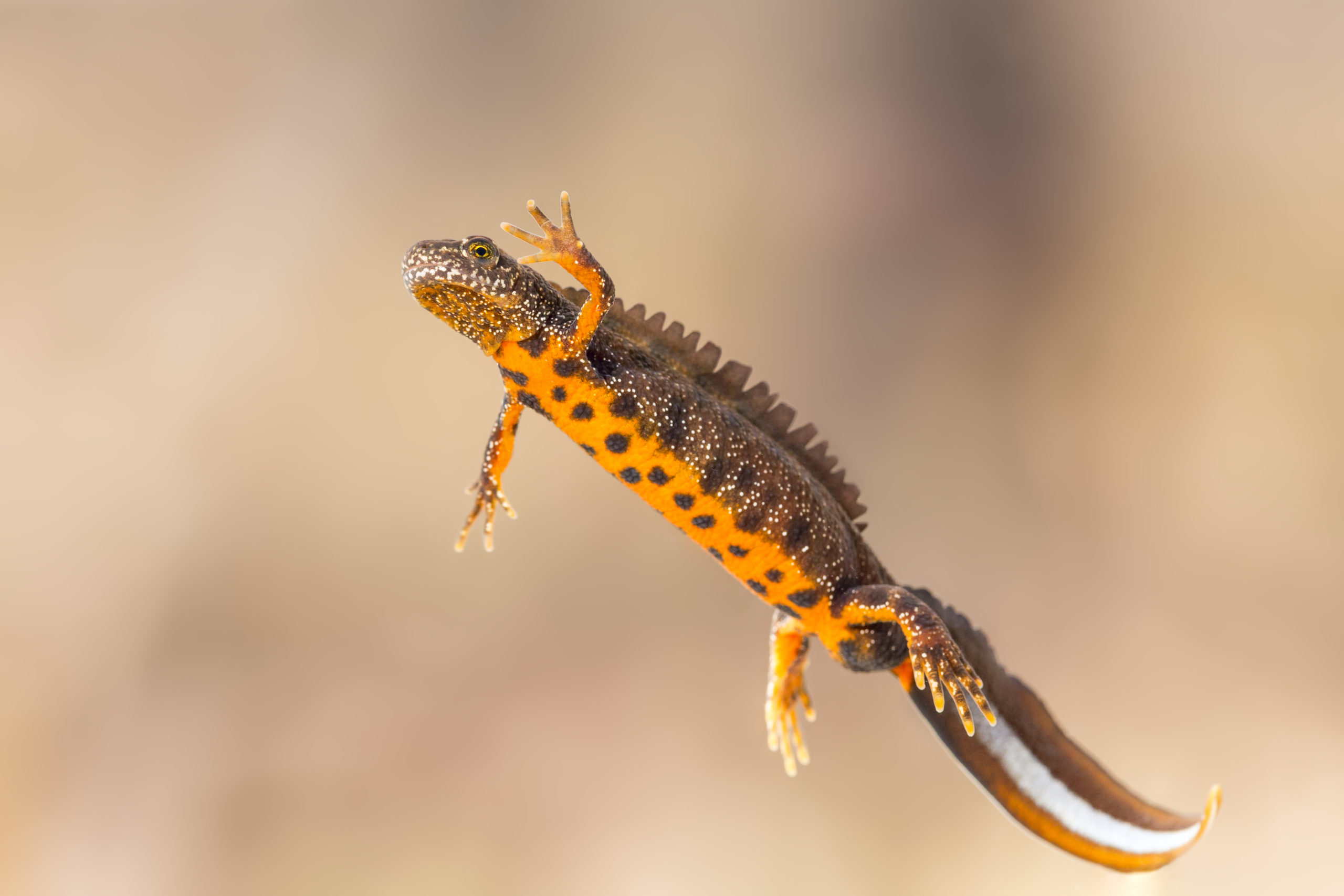Sara Booth-Card, ecologist, peatlands and Action For Insects campaigner at The Wildlife Trusts, looks out for the telltale signs of flying ant days and shares her love for the underground world of ants.
I’m always looking out for signs of wildlife when out and about. Last night, whilst walking my dog I was so excited to see the first signs of the upcoming phenomenon – flying ant day (well, we’ll come to the day part in a bit)! The telltale small mounds of dry soil and sand erupting from any gap in the pavement like little volcanoes makes me so happy.
My excitement about ants could be classed as being a bit weird, but I think ants are pretty amazing and they are quite misunderstood by most people! Depending where you are, depends on what species of ant you’ll see. Around our homes and other urban areas, you are most likely to see black ants (Lasius niger).
Without ants we would have pretty rubbish soils. They are super little farmers acting like little ploughs, churning the soil with their tunnelling. This help plants’ roots to move through the soil and for water to drain. Ants add nutrients to the soil and help get rid of detritus, eating other insects as they go about their work. We would also have lots of hungry creatures without them, as green woodpeckers, grey wagtails, sparrows, starlings, wren and robins all like to feed on them.
But one of my favourite facts is that an ant colony is the ultimate matriarchy. Full on girl power! Any ant you see crawling around looking for food or defending their territory will be female. The queen ant lays fertilised eggs which become the female worker ants that clean her, raise her young, defend her and feed her and the colony! Some of these fertilised eggs will also become flying queen ants.
Sadly, flying ant ‘day’ is a bit of an urban myth. It’s actually several days (yippee!) over the summer months when weather conditions are just right. It must be a hot and humid day for the new queen ants, and the male ants to emerge from the unfertilised eggs to take flight. This is important because all the flying ants need to emerge from their different colonies all at the same time. It’s not just a few new queens and males taking to the skies, it’s tens of thousands! Flying ants everywhere and there can be so many of them, they are picked up on weather radars!
But why do these ants take to the skies and in such numbers? It’s definitely not to annoy us, even though making sure you don’t get them stuck in your hair can be a task. (I love ants, but not that much.) The simple answer is to mate with flying ants from other colonies. Yep, it’s pretty much a flying, giant, ant spectacle and maximises the chances that the genes from each colony are spread far and wide. It’s not only the ant colonies futures that benefit from flying ant day. The swarm also creates a feeding frenzy where lots of birds, such as, swifts, swallows and gulls take advantage of an on the wing buffet. So, the next time you see flying ants look up as well as down. Take a moment to think about how amazing they are and what they do for humans and other wildlife



